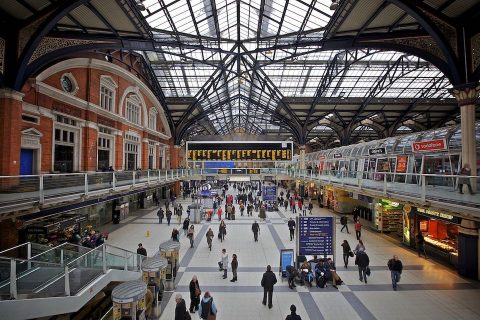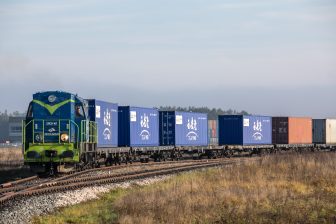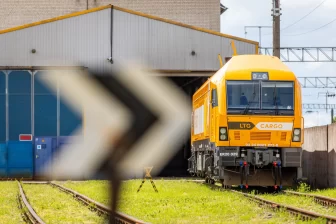
‘Make old railheads serve future freight needs’
Passenger terminals and former smoke-stack sidings provide the clean, green alternative to city-wide congestion. An economical way to answer the needs of modern freight operations might be to dual-purpose passenger assets and recycle former facilities, say a panel of experts. They think customers could benefit too.
Do you want to read the full article?
Thank you for visiting RailFreight.com. Become a member of RailFreight Premium and get full access to all our premium content.
Are you already a member?
Having problems logging in? Call +31(0)10 280 1000 or send an email to customerdesk@promedia.nl.




